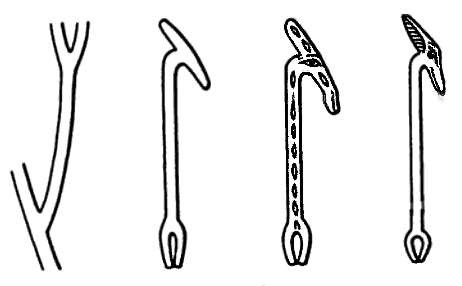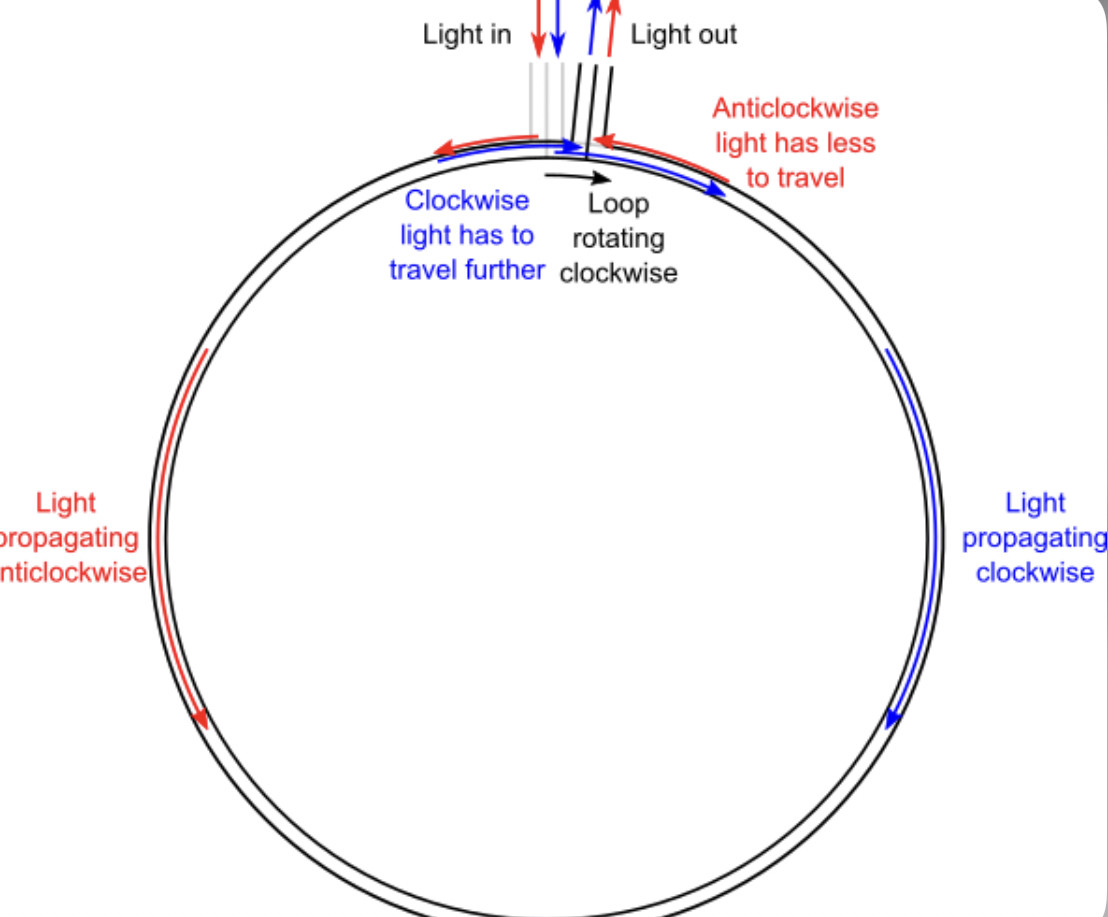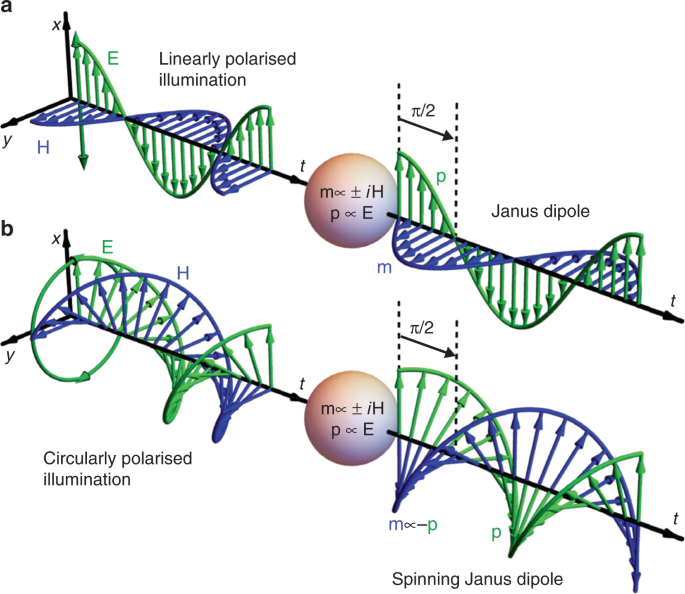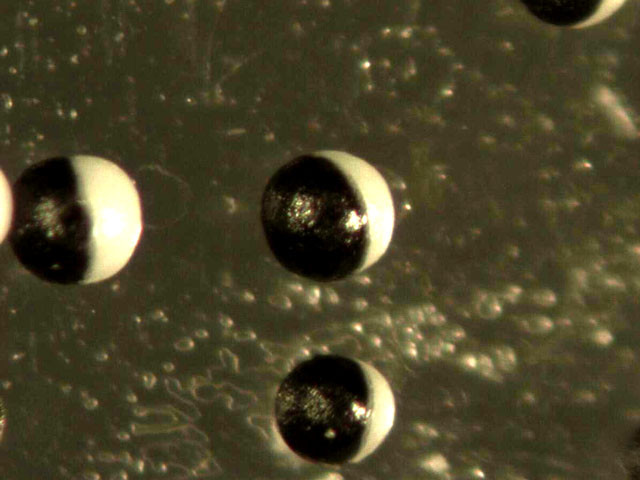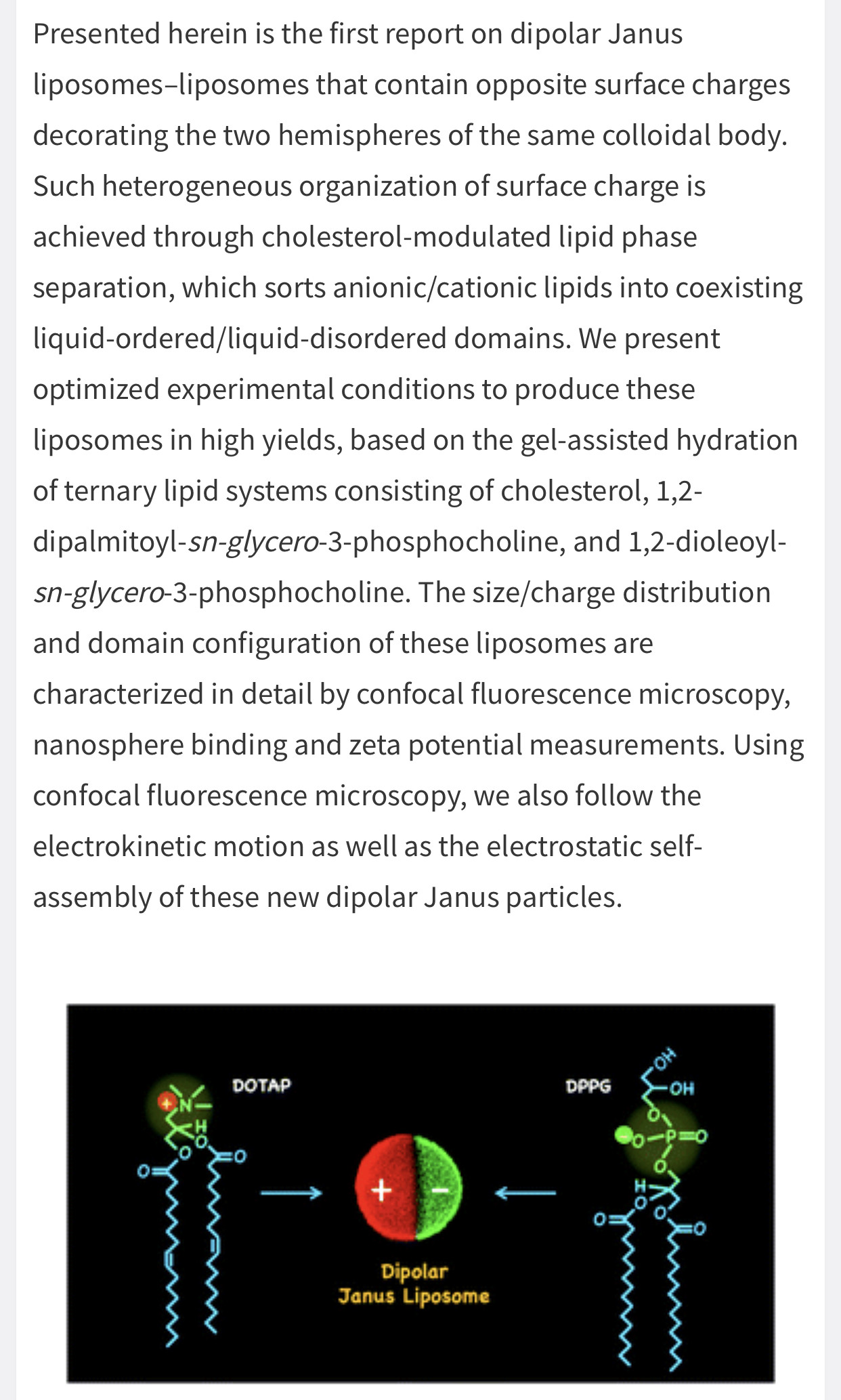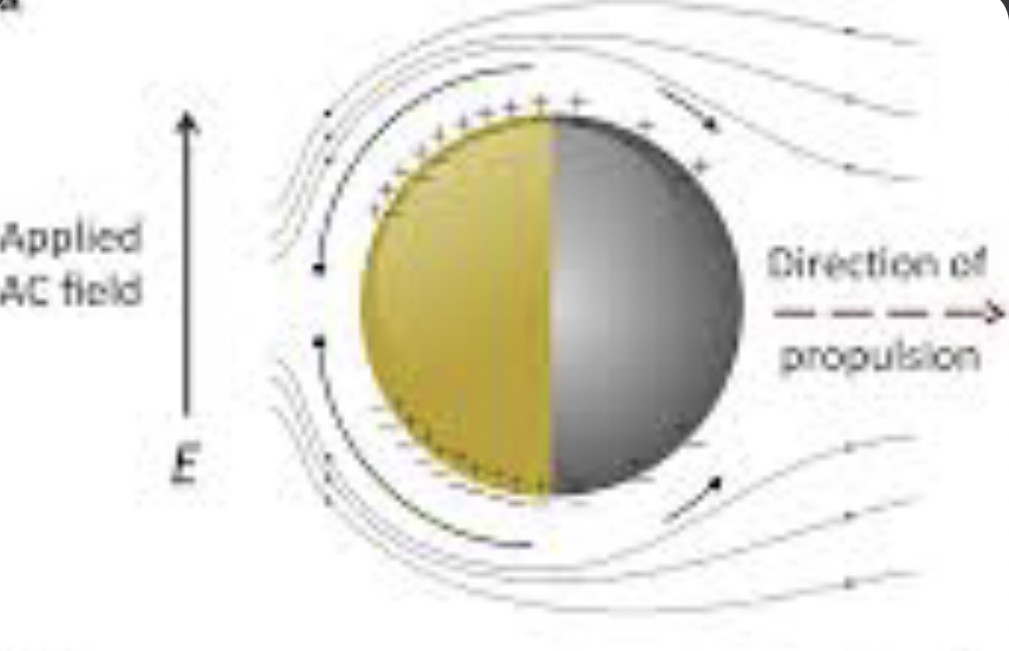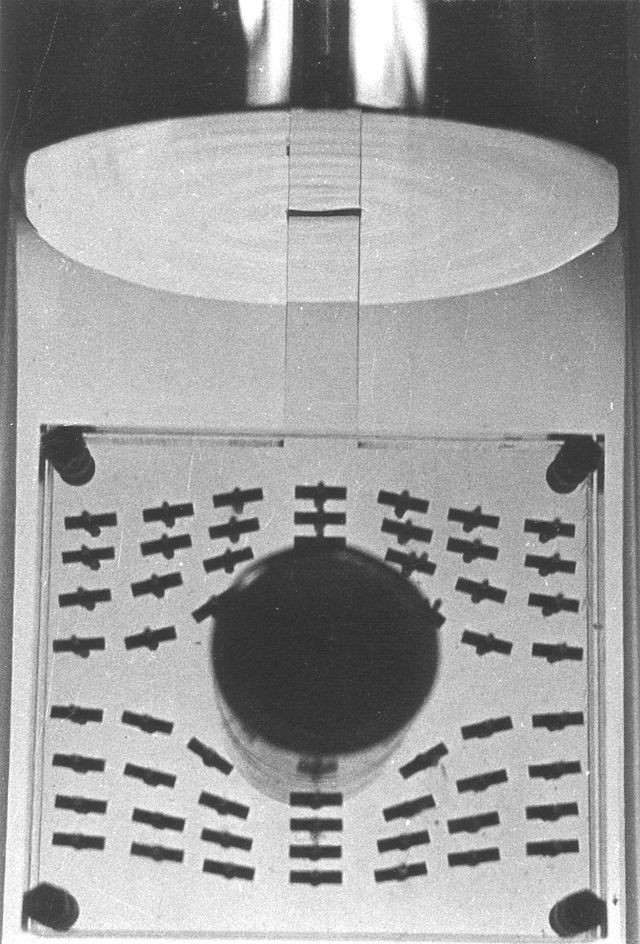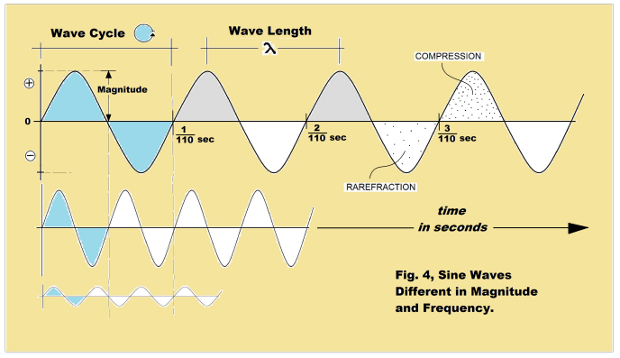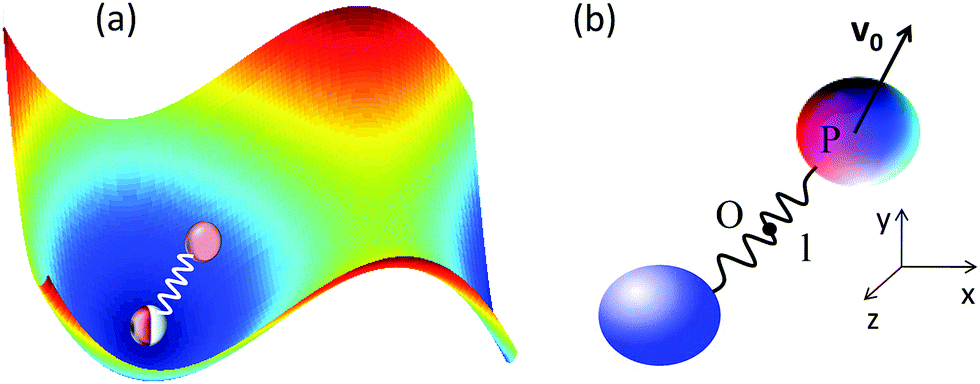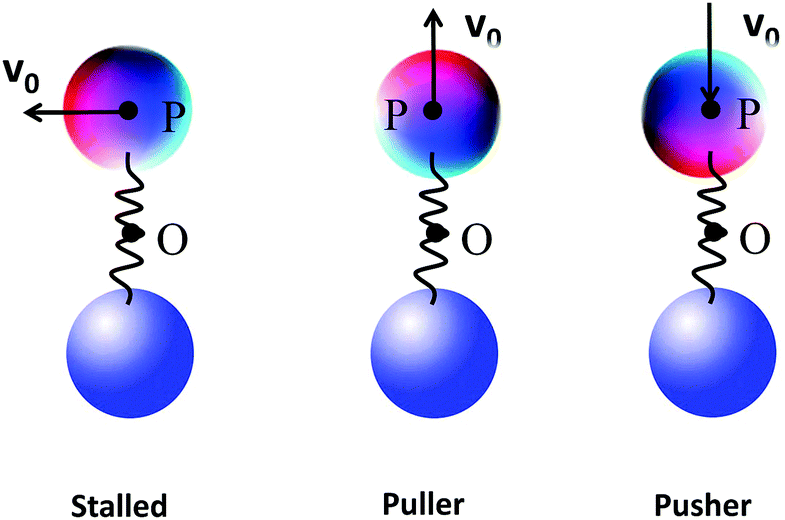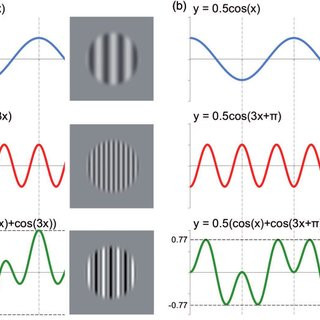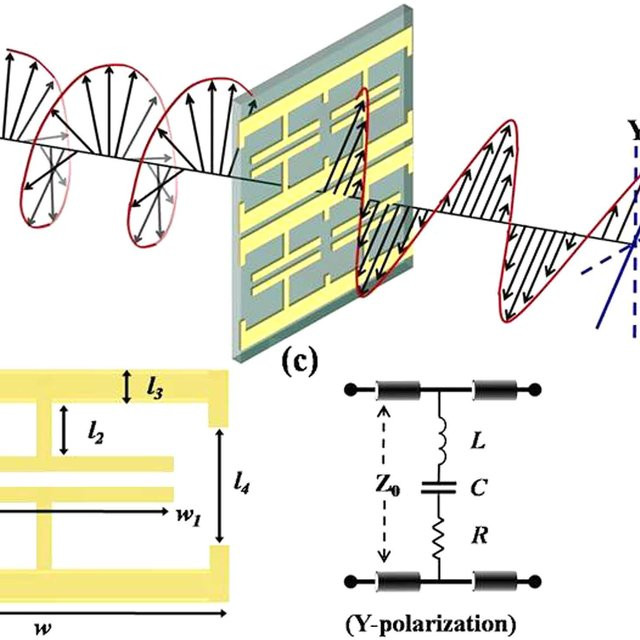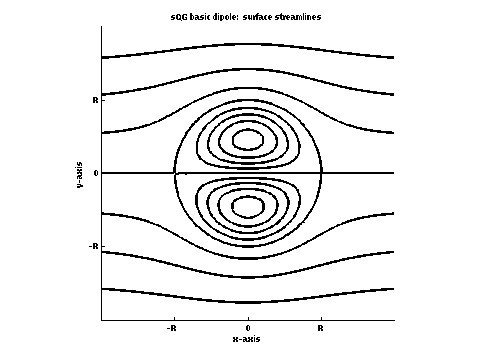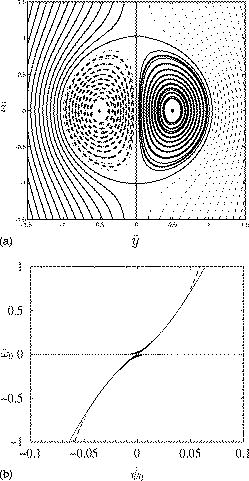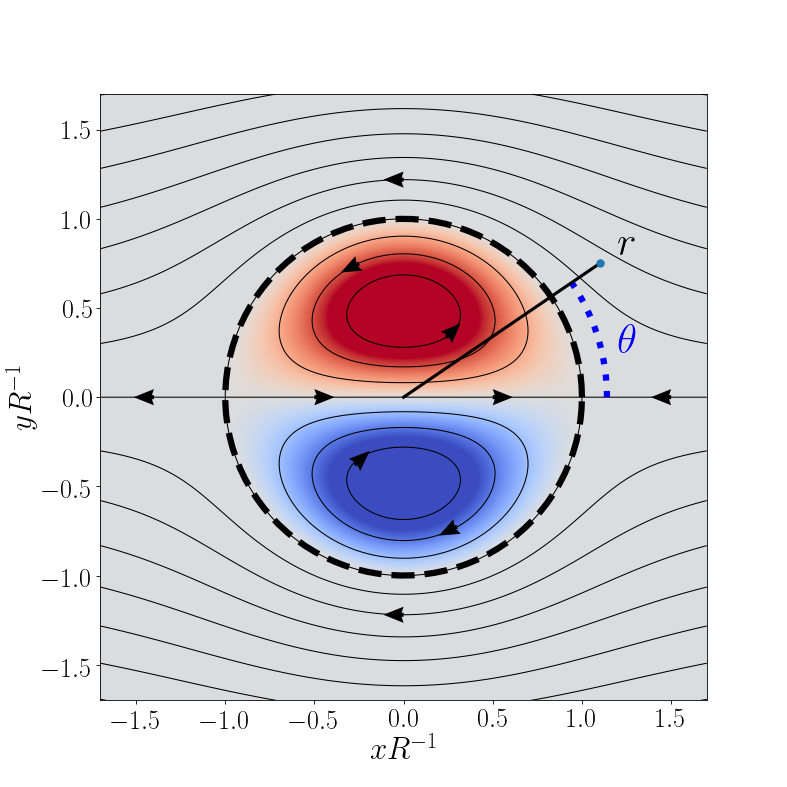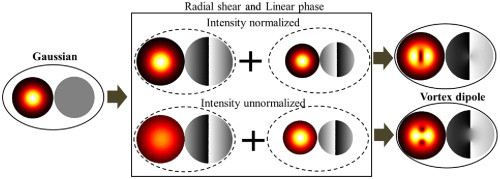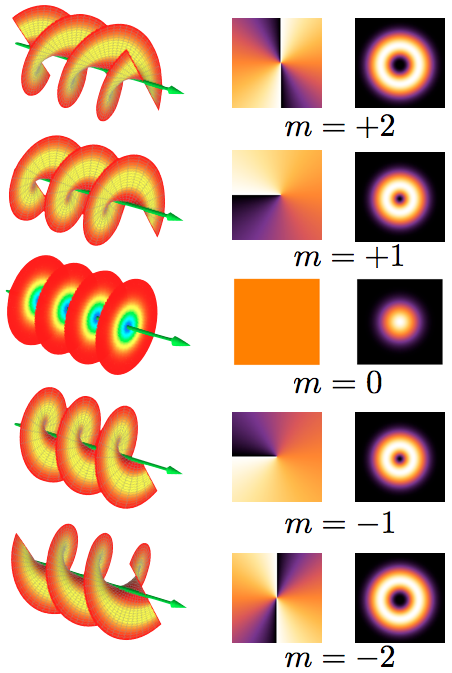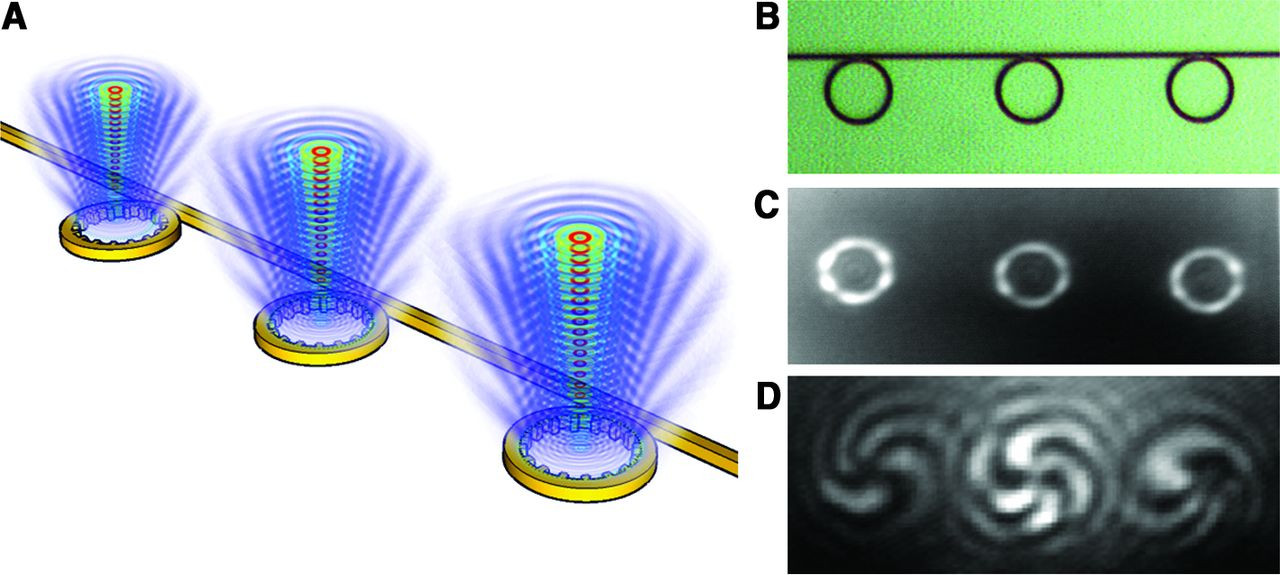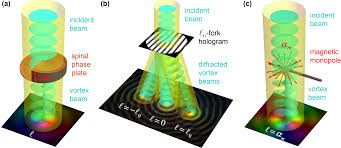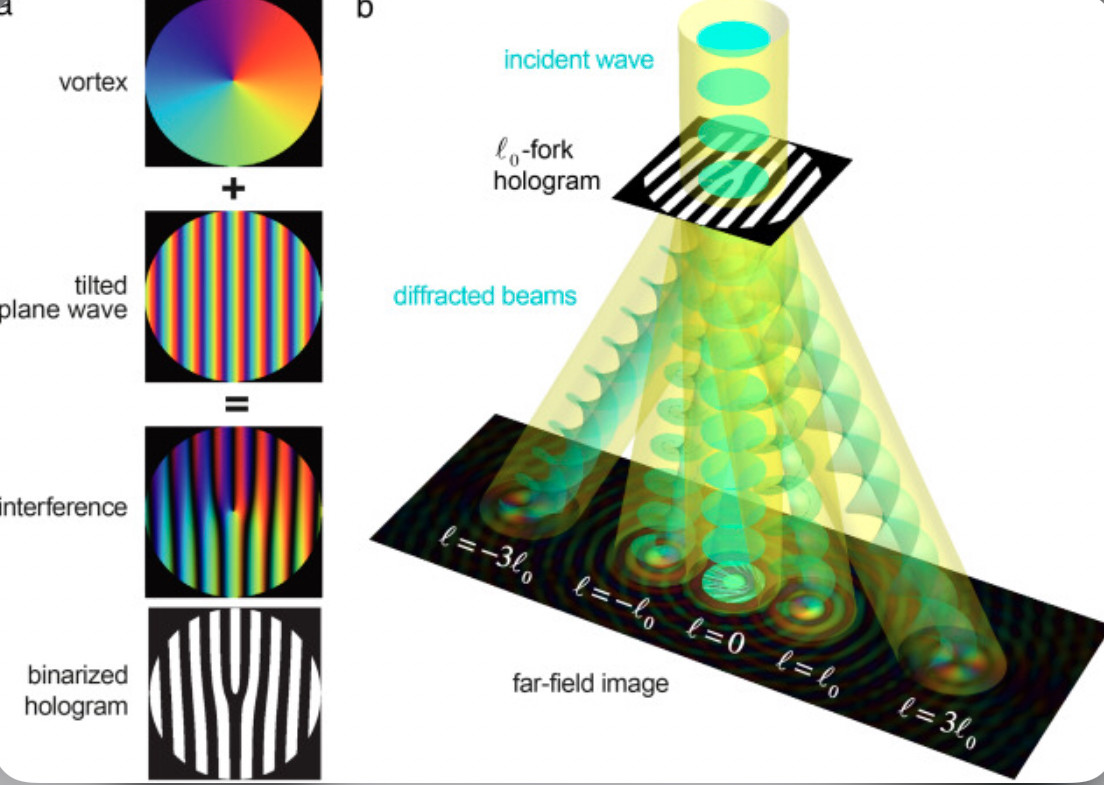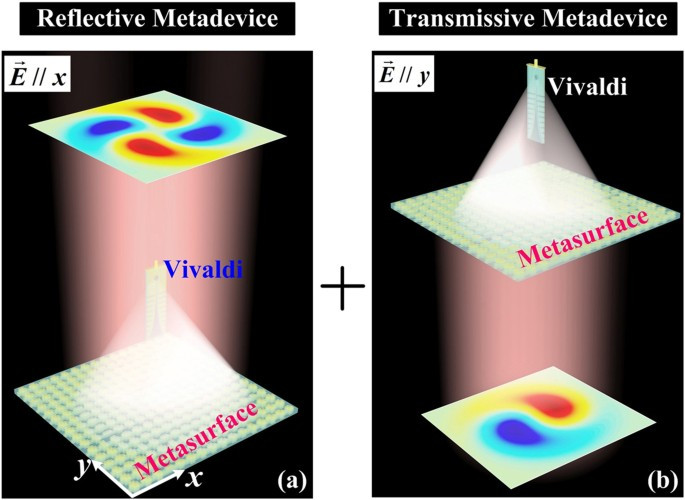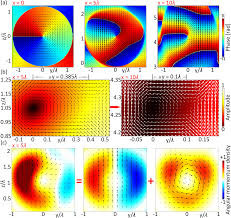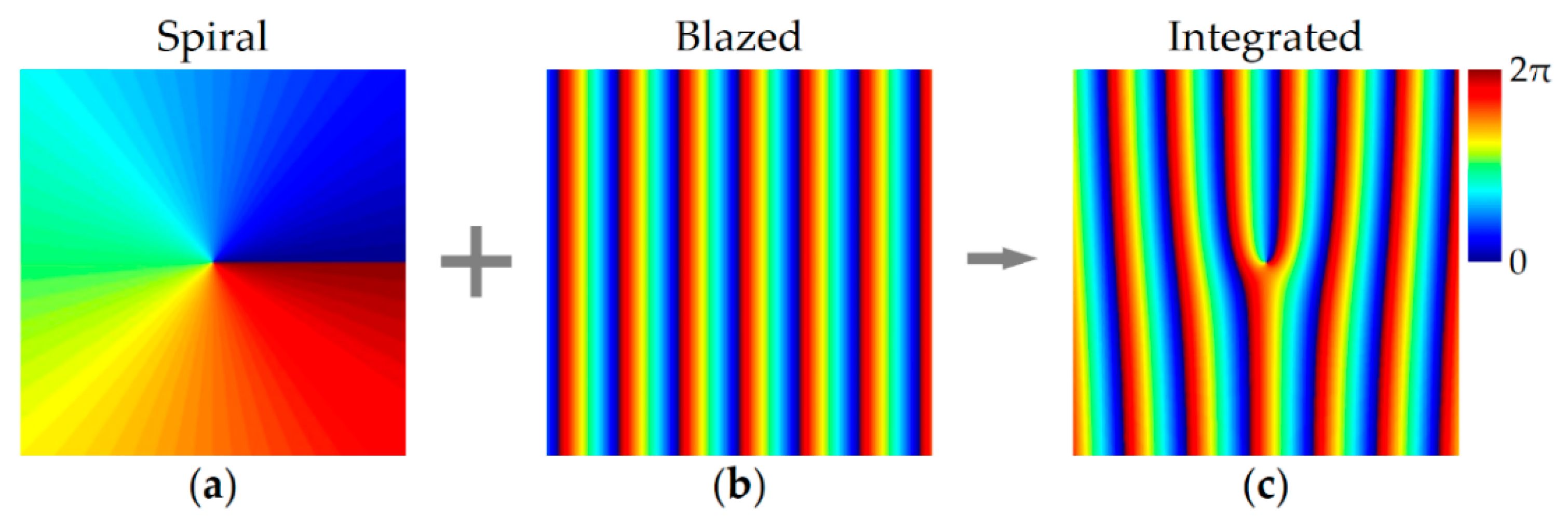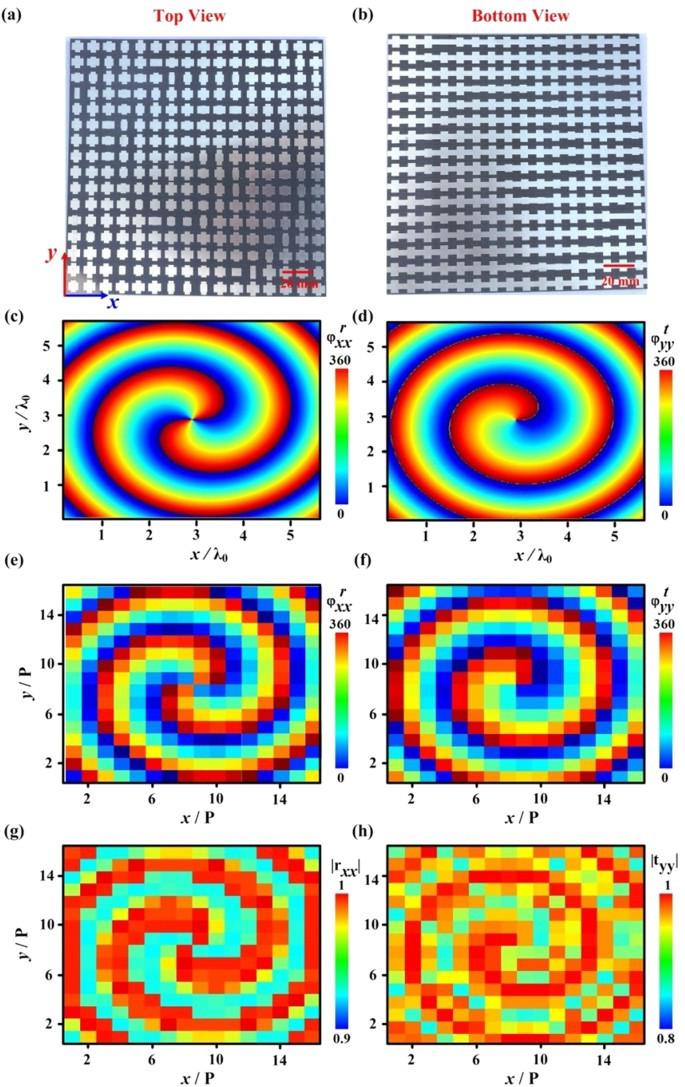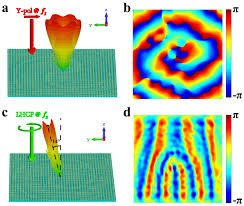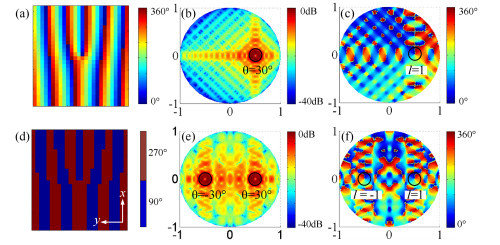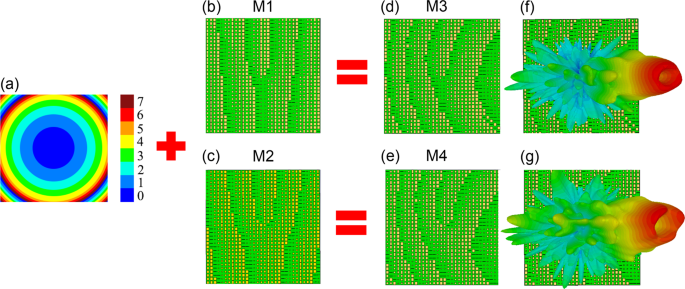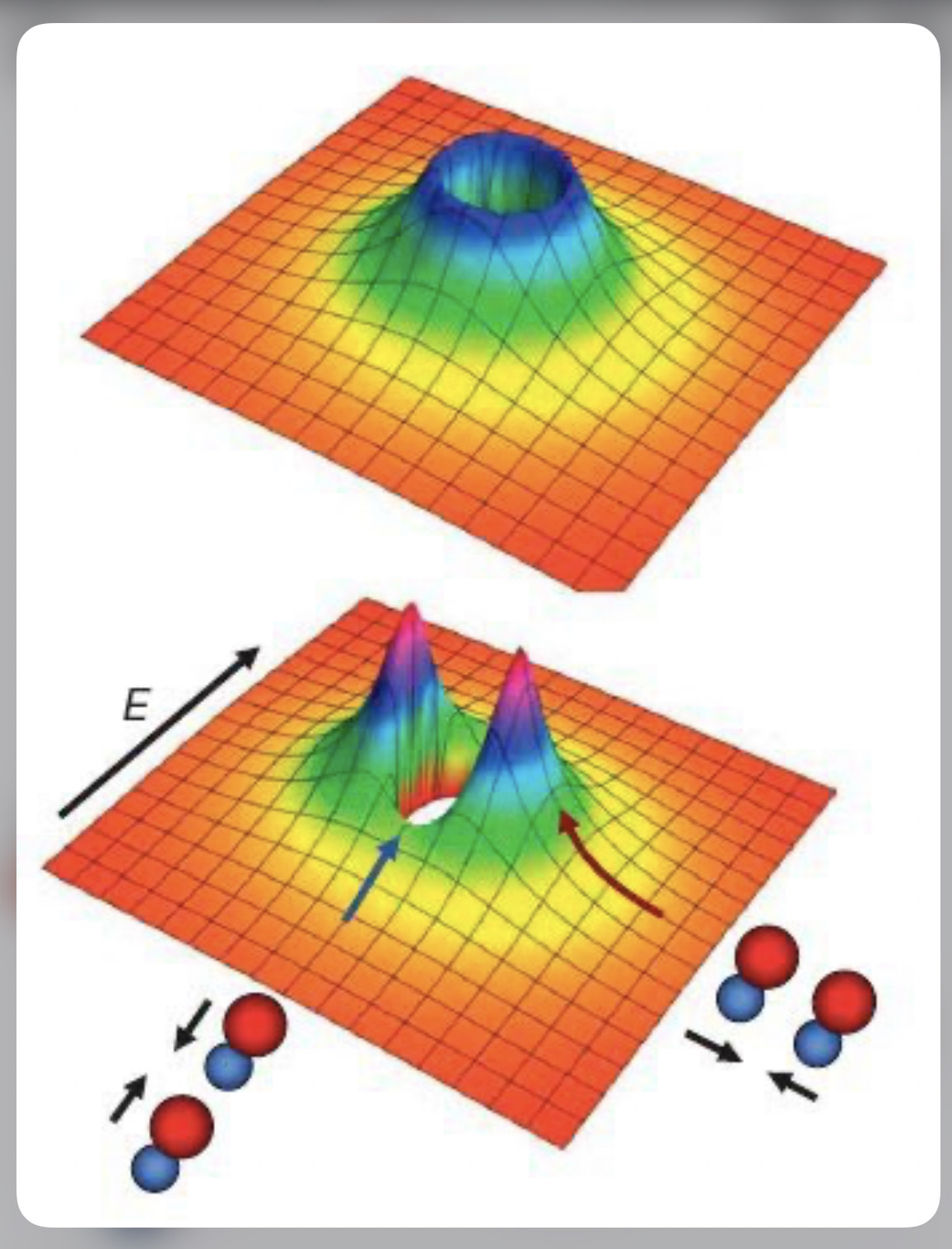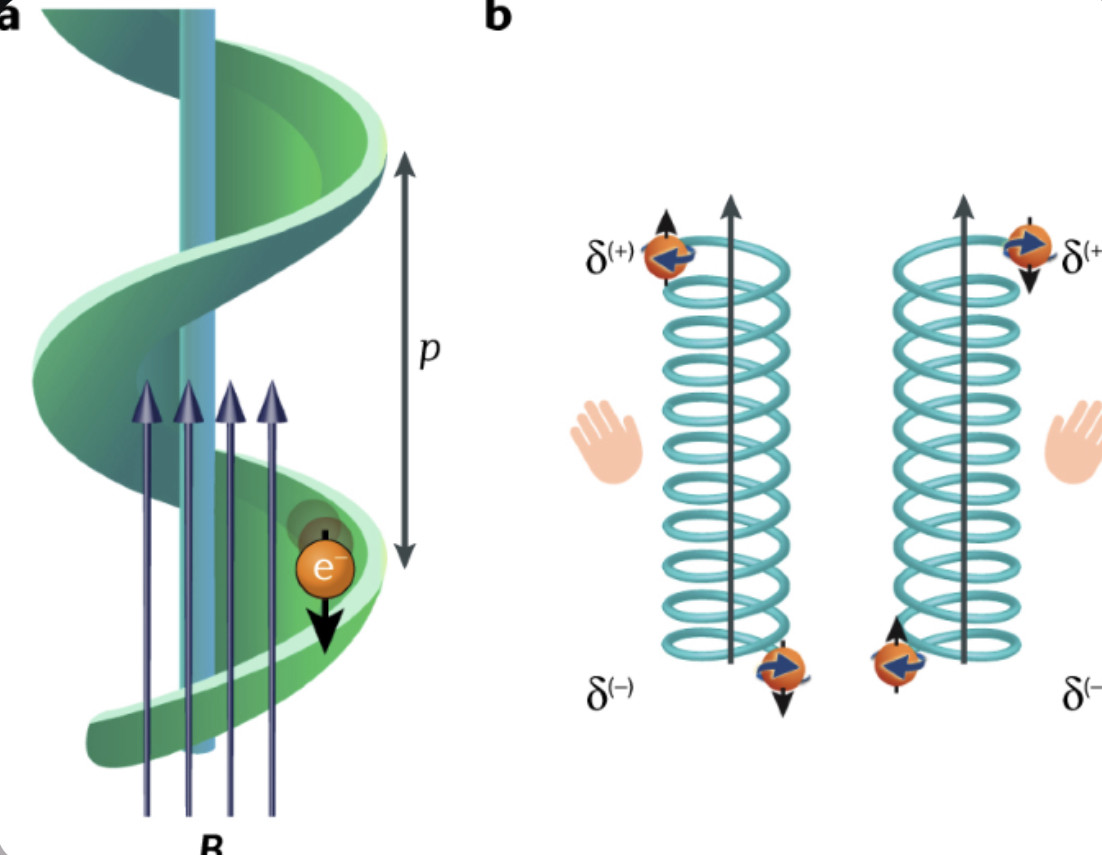Cell division is the process by which a parent cell divides into two or more daughter cells. Cell division usually occurs as part of a larger cell cycle.
The Light of God lives in our hearts. Love, work, and knowledge are the wellsprings of the life He gives us; they should also govern it.
The Light of God lives in our hearts. Love, work, and knowledge are the wellsprings of the life He gives us; they should also govern it.
❤️Aye, Captain.
From Latin cornea tela (“horny tissue”), from cornu (“horn”)...
From Proto-Indo-European *ḱorh₂u, *ḱr̥h₂-no-, both from Proto-Indo-European *ḱerh₂- (“horn”). Cognate with English horn, hirn; Ancient Greek κρᾱνίον (krāníon, “skull”), κέρας (kéras, “horn”); Sanskrit शृङ्ग (śṛṅgá, “horn, tusk”). See also cerebrum (“brain”), cervus (“deer”).
cornū n (genitive cornūs); fourth declension
a horn, antler
a tusk
the horns of the moon
an arm or wing of an army
(music) a horn as a musical instrument
any substance like the material of a horn, such as the bill of a bird
the end of a book or scroll, usually made of ivory
(figuratively) power, strength, might
late Middle English (in the general sense ‘chief or leader’): from Old French capitain (superseding earlier chevetaigne ‘chieftain’), from late Latin capitaneus ‘chief’, from Latin caput, capit- ‘head’.
The principal focus (F) is the point where parallel light close to the axis of the mirror is brought to a focus. The focal length (f) is the distance from the principal focus to the pole of the mirror.
capir (first-person singular present capeixo, past participle capit)
to get, understand
"she gave a sigh of capitulation"
pit; plural noun: pits; plural noun: the pits
1.
a large hole in the ground.
hole
ditch
trench
trough
pitch; plural noun: pitches
1.
the quality of a sound governed by the rate of vibrations producing it; the degree of highness or lowness of a tone.
"her voice rose steadily in pitch"
tone
timbre
sound
key
tonality
modulation
frequency
Capping it all off and ending on a high note!
The Light of God lives in our hearts. Love, work, and knowledge are the wellsprings of the life He gives us; they should also govern it.
(figuratively) A crowning achievement, culmination or finishing touch.
capstone (plural capstones)
Any of the stones making up the top layer of a wall; a coping stone.
Coping (from cope, Latin capa) consists of the capping or covering of a wall.
uncovering (plural uncoverings)
The act by which something is uncovered.
discover (third-person singular simple present discovers, present participle discovering, simple past and past participle discovered)
To find or learn something for the first time.
mid 17th century (originally referring to the seemingly flat circular form of the sun or moon): from French disque or Latin discus (see discus).
Middle English (denoting judicial examination): via Old French from late Latin discussio(n- ), from discutere ‘investigate’ (see discuss).
investigation
the action of investigating something or someone; formal or systematic examination or research.
investing (plural investings)
The act of something being invested; an investment.
G, seventh letter of the alphabet.
Sol, so, or G is the fifth note of the fixed-do solfège starting on C. As such it is the dominant, a perfect fifth above C or perfect fourth below C.
A plasmonic Ag/TiO2 photocatalytic composite was designed by selecting Ag quantum dots (Ag QDs) to act as a surface plasmon resonance (SPR) photosensitizer for driving the visible-light driven photoelectrocatalytic hydrogen evolution. Vertically oriented hierarchical TiO2 nanotube arrays (H-TiO2-NTAs) with macroporous structure were prepared through a two-step method based on electrochemical anodization.
Subsequently, Ag QDs, with tunable size (1.3-21.0 nm), could be uniformly deposited on the H-TiO2 NTAs by current pulsing approach. The unique structure of the as-obtained photoelectrodes greatly improved the photoelectric conversion efficiency.
photoelectrode in British English
(ˌfəʊtəʊɪˈlɛktrəʊd) physics. an electrode that, following the absorption of light, can initialize electrochemical transformations.
Photoelectric conversion is of essential importance for harvesting the solar energy and detecting the photonic and optical signals. Conventional technique for photoelectric conversion is based on the mechanism of photo-generated carriers in semiconductors.
S E M I C O N D U C T I N G

